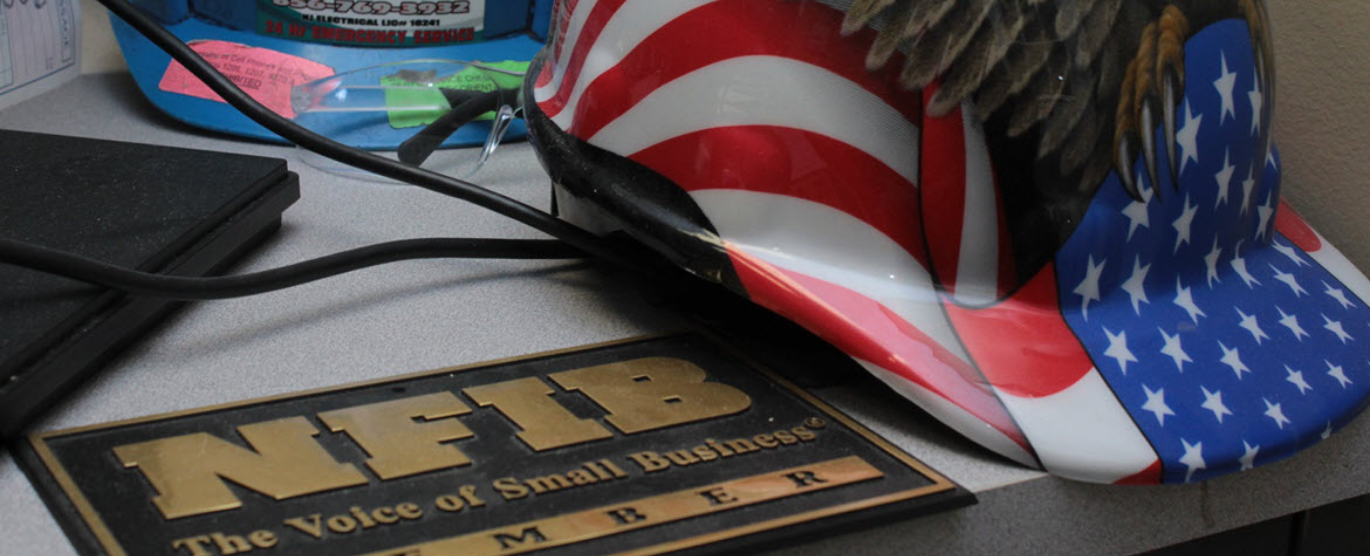Indoor and outdoor extension cords have two separate uses and should not be used interchangeably. Outdoor extension cords are a great thing to have when working in the yard. Whether you’re trimming the hedges or blowing leaves and grass off the gravel driveway, these cords can go where you go. That said, using the right cord for outdoors is critical for safety. So, how can you tell the difference between indoor and outdoor extension cords?
Let’s break things down.
How Do Indoor and Outdoor Extension Cords Differ?
There are many differences between indoor and outdoor extension cords, most notably the insulation. Indoor cords lack the protective insulation that outdoor extension cords are made with. Outdoor cords are designed to withstand moisture, sun damage, and temperature flux. Cords for indoor use are not designed to endure the elements.
Another way these cords differ is the amperage rating. Indoor appliances generally require less amperage while outdoor devices often require more. Outdoor extension cords typically have a higher amperage rating. Indoor extensions likely won’t be able to handle the power needs of your outdoor devices.
How Can You Identify an Outdoor Extension Cord?
Either on the packaging of a new cord or on the cord itself, check for the letter ‘W’. This letter designates that the extension cord is safe for use outdoors.
Many indoor-use extension cords only have two prongs. While this isn’t a fail-safe method for determining if your cord is only for indoor use, all outdoor extension cords will have three prongs.
Outdoor extension cords are often brightly colored in orange rubber, plastic, or vinyl. Their vibrance is intentional to increase visibility as to avoid tripping or mowing over.
Extension Cord Safety
When your cords are not in use, safely store them off the ground and ensure they’re rolled or coiled up as they were when first purchased. Hang them in a high, dry space protected from the elements and keep them out of sunlight and away from water.
Both indoor and outdoor extensions cords are meant as a temporary supply of power. They are not a permanent solution. Substituting permanent wiring with extensions cords can be very dangerous.
If you’re shopping for new cords, only ever purchase ones with inspection labels from UL, CSA, or another accredited source. These certifications verify quality and safety.
If you don’t already have ground fault circuit interrupters (GFCIs) protecting the outlets around the exterior of your home, consider purchasing a GFCI extension or adapter to make outdoor use of extension cords even safer. A GFCI automatically cuts the power if it detects electrical flow through something it shouldn’t—such as water.




